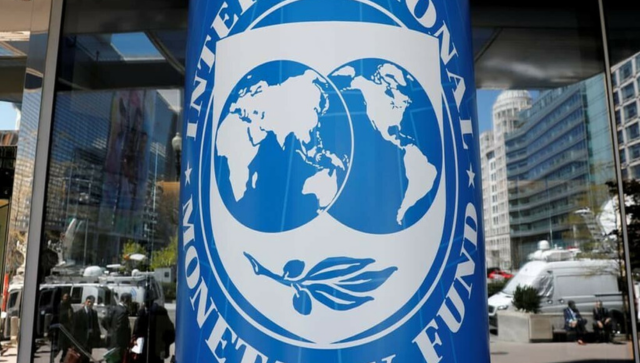The two biggest economies in the world, China and the United States, have improved economic prospects, according to the International Monetary Fund (IMF), which raised its prediction for global growth on Tuesday. It also noted that inflation has been declining more quickly than anticipated. Although a “soft landing” appeared to be imminent, according to the IMF’s most recent World Economic Outlook, head economist Pierre-Olivier Gourinchas noted that global trade and overall GDP were still below historical norms. “We find that the global economy continues to display remarkable resilience and we are now in the final descent toward a ‘soft landing’ with inflation declining steadily and growth holding up. But the base of expansion remains on the slower side and there might be turbulence ahead,” Gourinchas told the media. Stronger public and private expenditure despite tight monetary policy, improved supply chains, higher labor force participation, and lower energy and commodity prices, according to the IMF, are all contributing factors to the improving outlook. The IMF predicted 3.1% global growth in 2024, which was two tenths of a percentage point higher than its October estimate. It stated that it anticipated 3.2% growth in 2025. 3.8% was the historical average for the years 2000–2019. With over 3,000 trade restrictions put in place in 2023, it predicted that global trade would expand by 3.3% in 2024 and 3.6% in 2025—well below the historical average of 4.9%. The IMF reduced its October estimate for 2025 to 4.4% from 4.6%, but maintained its October prediction for headline inflation of 5.8% for 2024. Global headline inflation would be lower if Argentina, which has experienced a rise in inflation, were excluded, according to Gourinchas. With inflation expected to meet central bank targets of 2% in 2025, advanced economies should have average inflation of 2.6%, down four tenths of a percentage point from the October prediction. In comparison, the average rate of inflation in developing and emerging market economies would be 8.1% in 2024 and then drop to 6% in 2025. In contrast to its October prediction of a 0.7% reduction, the IMF now projects an average oil price drop of 2.3% in 2024 and a 4.8% decline in 2025. In the January update of the IMF outlook, the United States received one of the highest upgrades, with its GDP now expected to grow by 2.1% in 2024 instead of the 1.5% predicted in October. In 2025, growth was predicted to slow to 1.7%. With the largest European economy, Germany, predicted to achieve low GDP growth of 0.5% in 2024 instead of the 0.9% forecast in October, the euro area was downgraded and was now expected to expand just 0.9% in 2024 and 1.7% in 2025. The forecast for China’s GDP growth in 2024 was 4.1%, up four tenths of a percentage point from October, and 4.6%. According to Gourinchas, the increase was the result of substantial government financial support as well as a less severe than anticipated slowdown stemming from the property sector.
IMF raises growth forecast for global economy
Ajeyo Basu
• January 30, 2024, 20:20:11 IST
The IMF predicted 3.1% global growth in 2024, which was two tenths of a percentage point higher than its October estimate. It stated that it anticipated 3.2% growth in 2025. 3.8% was the historical average for the years 2000–2019
Advertisement
)
End of Article